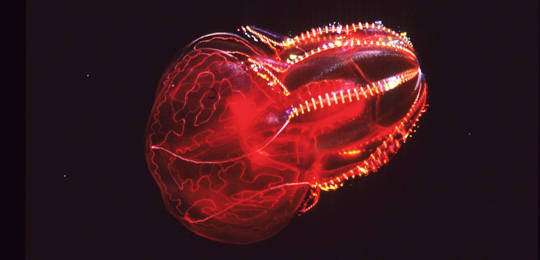
We are going to close the week out with one of the coolest animal names out there, the Bloodybelly Comb Jelly. Go ahead and say it one more time, you know you want to. Now say it 5 times fast…. it is a pretty good tongue twister. Naturally to examine this interesting animal we need to go to the place that has some of the coolest animals on earth. Nope, I am not talking about Australia, Madagascar or the Galapagos. I am referring to the deep blue sea. So grab your scuba gear and lets head to the darkest depths of the ocean
So what in the world is a Bloodybelly Comb Jelly? Well, it is a jelly-like animal that grows to about 15 cm (6″) in length and has a bright red belly, which is probably why they received that awesome name. Now you might think that being bright red would be a disadvantage since predators would be able to spot you a mile away. Believe it or not, this bright red colouring actually provides this Jelly with amazing camouflage since that bright red pretty much looks black at the ocean depth they are found. In essence, this red colouring makes them impossible to see. Even more so, it is believed the “blood” red belly helps shade the glow of the bioluminescent prey the jelly devours on a regular basis. Naturally, this is also beneficial since a glowing jelly may stand out in a place where you don’t want to be noticed.
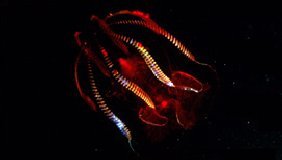
Now you may be thinking that the Bloodybelly Comb Jelly could be dangerous like other jellyfish. For starters, this Comb Jelly is not actually related to Jellyfish and as such, they don’t have any stinging tentacles so they are pretty much harmless to us. So if they don’t have tentacles then how do they move around? They have numerous tiny hair-like cilia that constantly beat back and forth propelling the Bloodybelly Comb Jelly wherever they desire to go.
So I have tried to describe this magnificent creature but I think we need a video to illustrate just how incredible the Bloodybelly Comb Jelly truly is. Oh and just so you know, the sparkling light is a result of the light refracting off of those tiny hair-like cilia we just learned about. Unfortunately, I was unable to embed the video in this blog post but it is in the Wild Videos section, so check it out here. Enjoy the video and your weekend. I will see you on Monday!

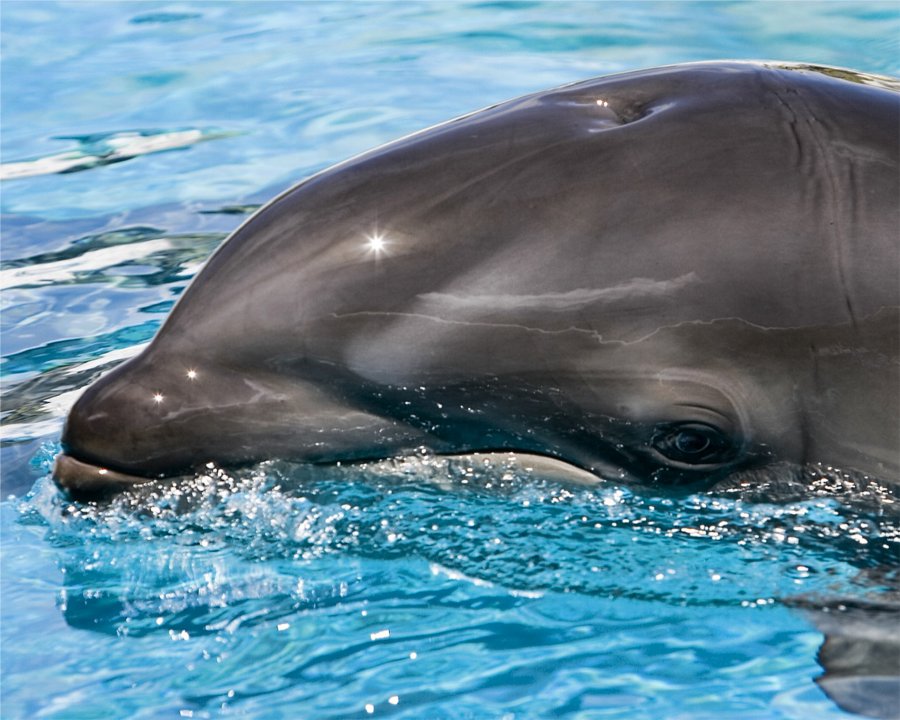
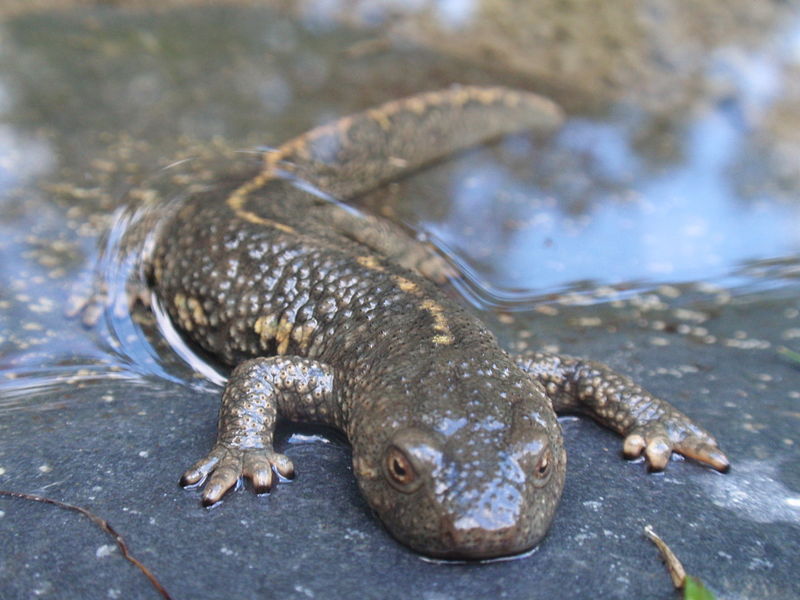
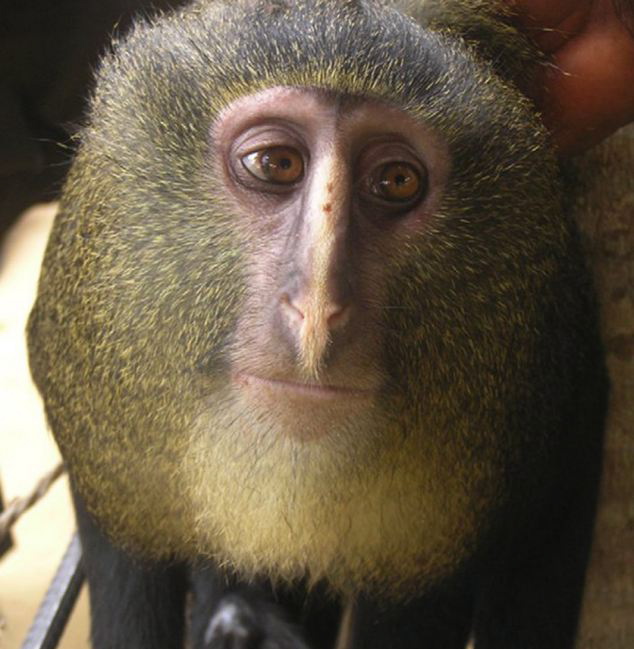
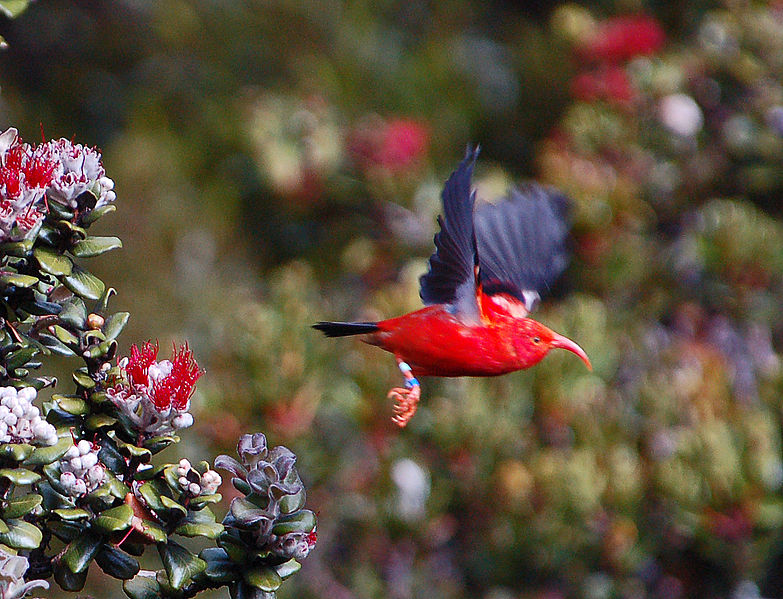

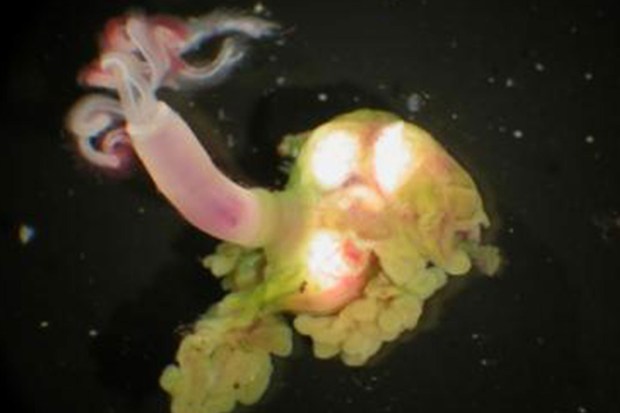
Awesome and saved to my desktop.
Fish Hawk sent me here.
This gave me all the answers I needed plus more, thanks you helped me a lot! Sure to get an A!!